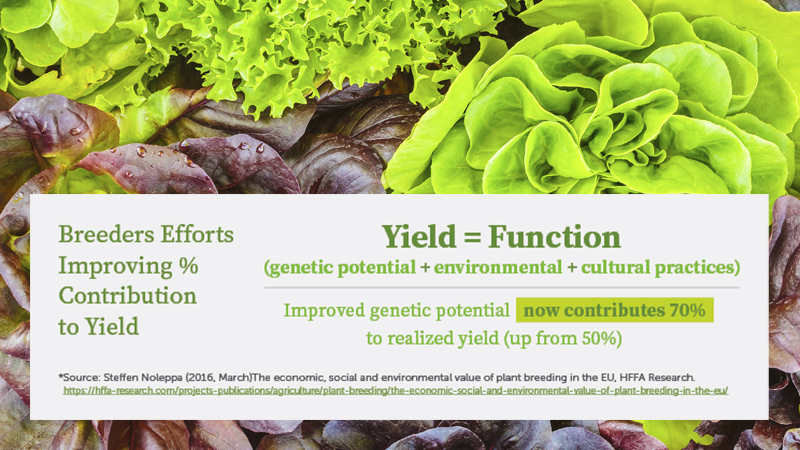An Offensive Approach To Bacterial Diseases

A number of serious bacterial diseases of vine crops are seedborne. Bacterial diseases are very difficult to manage in vine crops in the field, therefore practices that prevent the establishment of these diseases are critical.
Of the most serious diseases, angular leaf spot, Xanthomonas leaf spot, and watermelon fruit blotch are seedborne, while bacterial wilt is vectored by cucumber beetles.
Yellow vine decline is a sporadically occurring bacterial disease of vine crops that is transmitted to plants by squash bugs.
10 Tips To Preventing Disease
In general, bacterial diseases can’t be controlled once they are established in a field and weather conditions are favorable. Therefore prevention is key — from seed purchase through field production. Here are 10 steps to keep bacterial disease out of your fields.
#1 Purchase seed that has been tested and shown to be negative for seedborne bacterial pathogens.
This is not a guarantee that plant pathogenic bacteria are absent since low populations may be undetectable. However, using tested seed is the first line of defense against bacterial diseases. Some seed companies advertise partial resistance in some varieties to angular leaf spot.
#2 If seed has not been tested, consider seed treatment with
hot water. This is somewhat risky since in large-seeded vegetables, germination may be reduced. The following method is suggested by R.G. O’Brien and Christine Horlock, from the Agency for Food and Fibre Sciences, Horticulture in Australia: If seed has not been rated disease free, an effective seed treatment has been developed that eliminates internal and external contamination by soaking seed for 25 minutes in a water bath maintained at 131°F. After treatment, place seed in running tap water to
bring the temperature down quickly, then dry seed without delay. Seed should be sown within two days. Note that this treatment may lower the germination of some seed lots. Test a sample before committing to large quantities of expensive seed.
#3 Do not over-water seedlings in the greenhouse; try to keep the tops as dry as possible. Minimize touching and handling the plants.
Scout seedlings for small, water-soaked spots. If water-soaked spots are observed, send a sample to a reputable lab for diagnosis. If bacterial disease is confirmed, throw away all flats containing symptomatic seedlings. Apply copper-based fungicides to seedlings in the greenhouse.
#4 For field production, select growing sites with good drainage and airflow, full sunlight, and low humidity.
#5 Avoid overhead irrigation to prevent leaf wetness.
#6 Ensure adequate, but not excessive, fertility.
#7 Protect plants from cucumber beetle feeding at least until the fourth true leaf stage to reduce the risk of bacterial wilt. Floating row covers can provide a barrier between plants and the beetles that carry the bacteria. The covers also protect plants from squash bugs that may transmit the yellow vine decline pathogen. Foliar applied insecticides may also be used — for pumpkins, insecticides should be applied after seedling emergence if the threshold of 0.5 beetles per plant at the cotyledon stage or one beetle per plant at the first or secondleaf stage is exceeded. Pre-plant insecticide application (seed treatment or in-furrow) is also effective.
#8 If early in a disease epidemic, removal of infected plants may help to slow the spread of disease. When doing this, make sure not to spread the disease by hand or via infested equipment. Diseased plants must be burned or buried. Cull piles only serve to spread diseases.
#9 Spray plants with copper-based fungicides to slow progress of the disease.
#10 Destroy foliage and vines as soon as possible after harvest to help manage yellow vine decline.









